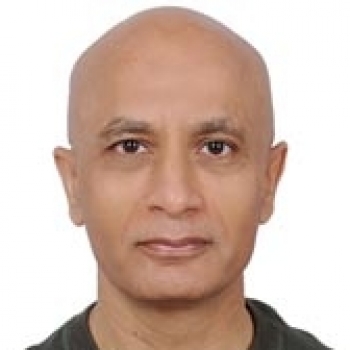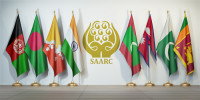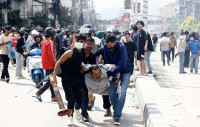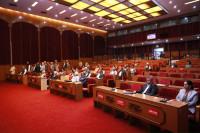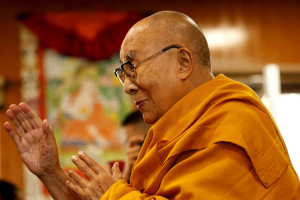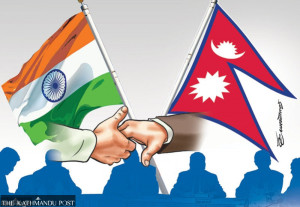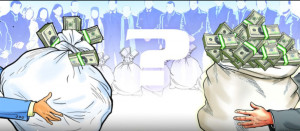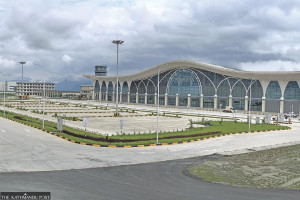Columns
Monarchy’s popularity amid instability
The leading contemporary parties can be blamed for elevating Gyanendra’s popularity.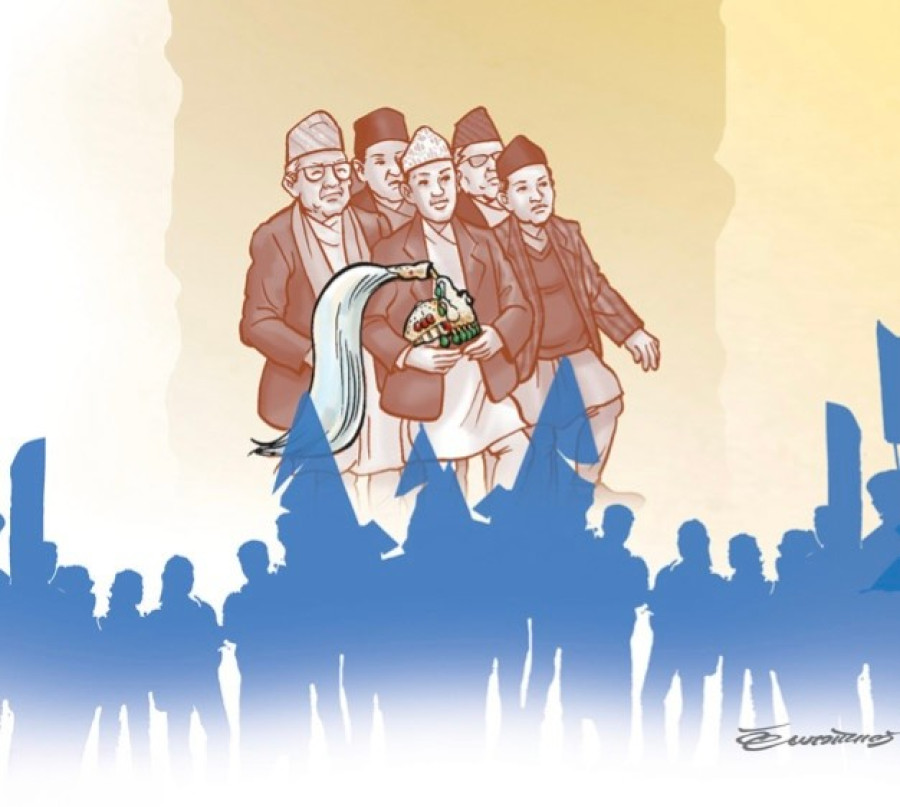
Paban Raj Pandey
Never since the abolition of Nepal’s monarchy in May 2008 has the institution been as much a topic of interest and discussion as it has in recent months. Former King Gyanendra’s recent trip to India to attend the Kumbh Mela and the concurrent meetings with Indian political leaders has been viewed by the media, political analysts and leaders as potentially meaningful. This is not the first time such visits have taken place. But this one comes when one after another corruption scandal is hitting the headlines, and the public distrust in government is high. Right here and now, should a referendum take place, the majority would probably vote for a constitutional monarchy to make a comeback.
This contrasts with the months and years leading up to the overthrow of the institution. The assassination in June 2001 of King Birendra—who in 1991 instituted multiparty democracy—along with nine other royal family members led to Gyanendra’s ascension to the throne. The Maoist insurgency, which lasted a decade beginning in 1996, was in full bloom and elections were not being held. In February 2005, Gyanendra declared a state of emergency and dissolved the Parliament, which was reinstated in April 2006. Broad public outcry followed the direct rule of Gyanendra, who was deposed by the first Constituent Assembly two years later. A referendum would probably vote for the same conclusion.
Since then, nearly 17 years have passed under a republic system, and public perceptions of—and support for—the monarchy are on the mend. Lately, Gyanendra’s scheduled visits to various districts have drawn large crowds. Some of it may have been staged, as these visits are not impromptu but done with planning and as die-hard loyalists make it a point of showing up. But crowds are increasingly getting larger. It is not a sea of people by any means, but it is growing—growing by the day. This is giving rise to conjecture that it is only a matter of time before the institution—essentially left for dead—is restored after a long hiatus. The question is, what changed in these 17 years?
Musical chair of leadership
The same way Gyanendra for the most part can be blamed for planting a seed for the monarchy’s demise, the leading contemporary parties can be blamed for elevating his popularity. Gyanendra miscalculated by adopting a high-handed approach when he staged a coup in February 2005, forming a government of royalists, some of whom were of questionable abilities. There was a similar coup by his father, Mahendra, in December 1960, establishing the partyless Panchayat system, but that move was welcomed by people, who were disgusted by the corruption in the Nepali Congress-led government. Gyanendra’s attempt to emulate his father, on the other hand, drew public ire; corruption was present but not rampant.
Fast forward to now, one cannot claim the same. Since 1991 in general and 2008 particularly, corruption has been the norm rather than the exception. The leading political parties are indulging themselves in nepotism, favouritism, cronyism, etc., that they opposed during the previous system. Public land has been usurped, Nepalis have been sent abroad as Bhutanese refugees for monetary gains, billions have been lost in cooperatives scandals, and the bureaucracy has been politicised, even as punishment is meted out to bureaucrats, but those making cabinet-level decisions go scot-free. Deep down, elected officials are abusing the entrusted power for personal gains. There is a dearth of morality.
The 1990 revolution transferred power to those who knew how to rebel but had no governing experience. Ironically, leaders even today lack the skill to bring about the desired changes. The top three leaders—Sher Bahadur Deuba of the Nepali Congress, KP Oli of the Communist Party of Nepal (Unified Marxist-Leninist) and Pushpa Kamal Dahal of the Communist Party of Nepal (Maoist Centre)—have taken turns in leading the nation for years. Lust for power knows no bounds, even as party-affiliated trade unions, journalists and students further gum up the system. It is undemocratic, but critics are routinely labelled as reactionaries. The mainstream parties are miscalculating that the status quo can continue.
People rise up
The average person is beginning to wonder about alternatives. There are three possibilities at its core. First, improving the current system. Second, the Army, and third, the restoration of the monarchy. Born out of a seven-point agreement hammered out at midnight at a businessman’s house, the coalition between Deuba and Oli was mainly predicated on constitutional amendment, which Prime Minister Oli recently said will now have to wait until the next election. It is impossible to envision a scenario in which the Army takes control, purges politics of corruption and ushers in good governance; if the Army stood its ground in support, the royal family would probably still call the Narayanhiti Palace its home.
In an ideal scenario, the Rastriya Prajatantra Party, which advocates for a constitutional monarchy, wins two-thirds seats in parliamentary election and amends the Constitution, but things are hardly this simple. The bigger question is if a constitutional monarch would have the power to punish the corrupt and cleanse the system. Arguably, it is possible such a ceremonial king merely becomes a pawn for politicians. Clearly, history has taught these two forces not to trust each other. The palace thinks the political parties kowtow to foreign powers and harm national interests, while the parties dread an active monarch. Mahendra in 1960 and Gyanendra in 2005 turned from constitutional to absolute overnight.
As these dynamics push and pull, it is entirely possible the current system hobbles along in its present form. The next election is not until November 2027, and power will continue to revolve around the top three leaders, who have not spent much time in building a second generation of able leaders. Tired of hollow promises, this raises risks of people eventually taking to the streets. In this scenario, the odds strongly favour the monarchy coming back in some form. The nation can only hope the palace has learned from its past mistakes. This will have become possible as the present leadership refuses to learn from its mistakes and to try to bring about stability; as things stand, the odds are low of them mending their ways.




 9.12°C Kathmandu
9.12°C Kathmandu